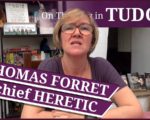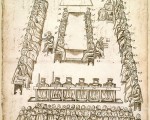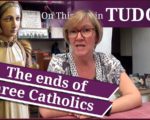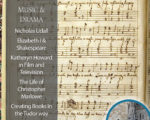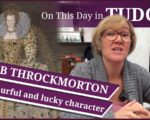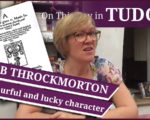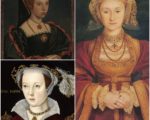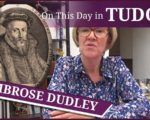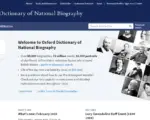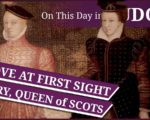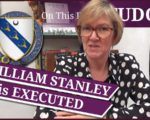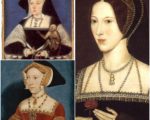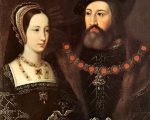Ben Jonson was a poet and a playwright, born on 11th June 1572, in the reign of Elizabeth I. Jonson was of Scottish descent and throughout his life maintained a great interest in Scotland and his ancestry. He was brought up by his recently widowed mother and had quite a poor upbringing. His father was a clergyman, and thus his wages would not have been substantial, nor would he have left a lot to his wife and son upon his death. When Jonson was still a young boy, his mother re-married, marrying a bricklayer, and they moved to Hartshorn not far from Charing Cross. The bricklayer in question is believed to have been Robert Brett, a man comfortable, if not overly wealthy, who had risen to become master of the Tyler and Bricklayers’ Company by 1609.
Ben Jonson attended a small school near Hartshorn Lane, learning to read and write. At approximately the age of seven, he was sent off to Westminster School and studied under William Camden, the school’s second master. Jonson evidently had a positive experience learning under Camden, speaking of him as a ‘friend for ever.’ At Westminster, he learned the art of rhetoric and was educated in the Classics, learning to translate Greek and Latin into English. Furthermore, Camden also encouraged his pupils to create their own prose in English, something which would have a profound effect on young Ben Jonson.
[Read More...]


